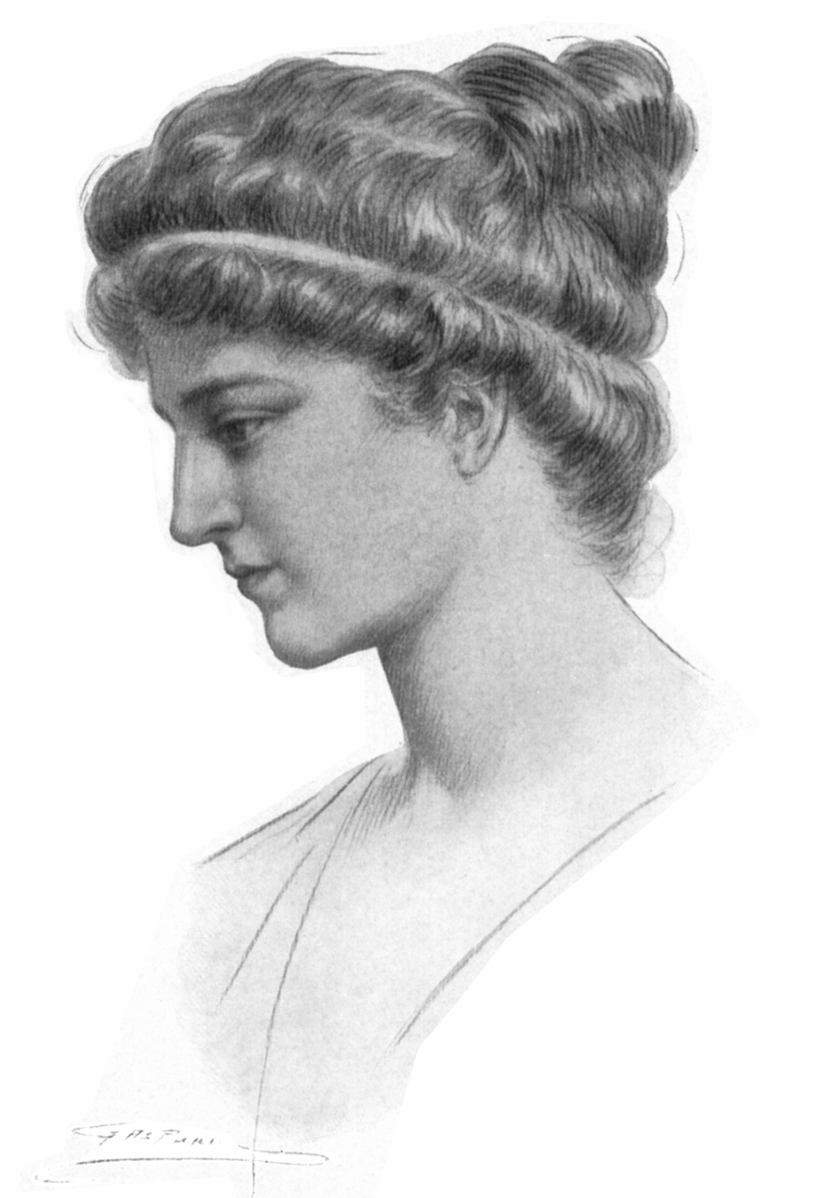In April 2022, my post was about the optimal stopping
strategy applied to dating and other life situations in which one must decide to
choose a good option or to move on and continue looking. My son recently got
married and while I didn’t expect him to be following my Math Blog, I was
curious to know if his decision point was close to the optimal stopping point.
The original post of the Optimal
Stopping strategy, suggests using the 37% rule. The approach used to maximize the probability of choosing the best
option is to use a stopping rule. In the hiring problem, let n be the number of
candidates and r as the stopping point. This means one automatically rejects
the first r-1 candidates and then chooses the next candidate who is better than
all the prior candidates. The term r can be either the number of choices
or a time factor.
I don’t know how many women my
son dated or plan to date, so I used time as the factor. As a rough guess, I estimated
my son’s dating years to be between ages 18 and 60. One could make arguments
for making either end of this range higher or lower, but this was just a
starting point.
By the 37% rule, one dates, but
does commit, 37% into this range. After that stopping point, one chooses the
next candidate who is better than anyone dated prior to the stopping point.
For my son, the age of the stopping
point would be 18 + .37 x (60 – 18), or 33.5 years. When my son announced to me
that he was engaged, I asked if he was sure and he said, unequivocally, that
this was his match. The reason I asked my son is because he started dating his
spouse in August 2022 and was engaged to be married in December 2022.
My son was born in April 1989, so
the age at which he met his spouse was 33.3 years and he was married at 33.7
years. As it turns out his decision matched the optimal stopping strategy
nearly to the month. I wish him and his wife many, many happy years together.







